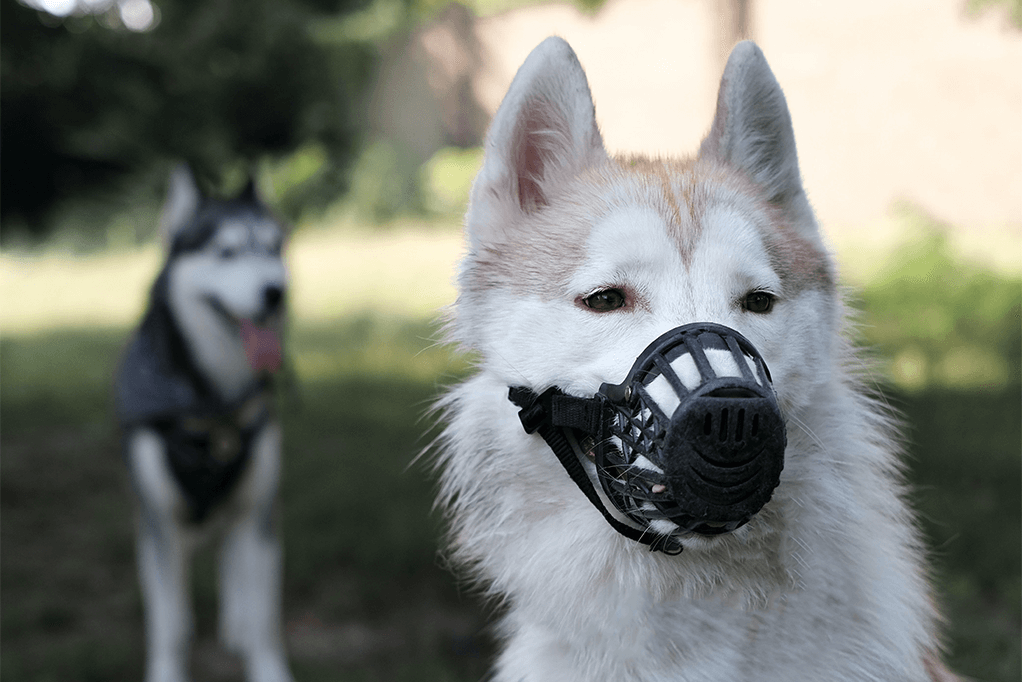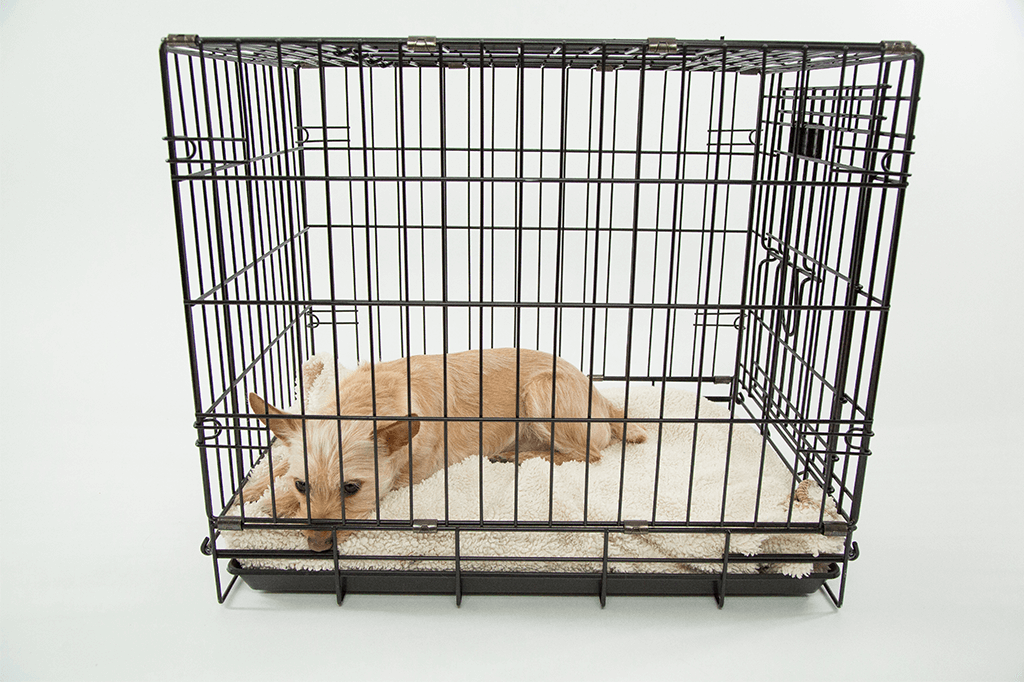Dog Training Treats: High Value vs Low Value
While just about every dog loves to learn, training treats give them that extra bit of motivation. Whether you’re working on basic obedience training or something more advanced, understanding the difference between low- and high-value dog treats for training can make all the difference when it comes to your dog’s success.
What Are Training Treats?
Let’s begin with a quick look at training treats in general (later on we’ll give you examples of low- and high-reward dog treats).
In general, low- and high-value dog treats are ones you can use to help train a dog, meaning that they need to be quick and easy for a dog to eat.
They also need to be portable so you can carry them around to train in a variety of locations. As a bonus, they should be relatively tidy, especially if you’re going to keep them in your pocket.
Ideally, a good training treat should also be one that the owner physically delivers to the dog, rather than dropping or crumbling it onto the floor. Why? Because the drop or crumble distracts your dog and prevents him from fully focusing on you.
What’s the Difference Between Low- and High-Value Dog Treats?
Place a piece of meat in one hand, and a slice of carrot in the other. Hold both hands out to your dog, and see which one your pooch picks.
Chances are, they’re going for the meat, meaning that the meat would be an example of a high-reward dog treat.
In a nutshell, that’s the difference between low- and high-value dog treats for training.
Low-value treats are ones your dog is used to. While your dog will still work for them, their motivation will be less and they may lose interest over time.
High-value dog treats are ones that your dog absolutely loves, and will pretty much do anything to get. They should be treats that your dog doesn’t get on a regular basis, so they’re exciting each time.
Of course, every dog is different and will have different tastes. What may be a high-value treat for one dog could be a very low-value treat for another.
When Should You Use Each Type of Training Treat?
After reading the differences between the training treat values, you might be wondering why you’d use low-value treats at all, if high-value ones motivate your dog more?
Well, if you’re only giving high-value dog treats to your pup, then it won’t be long before these become low-value to them. The novelty wears off, and your dog will get bored.
Plus, you don’t need to be giving your dog an extra-special treat each time. Using these to mark significant learning moments will be much more rewarding when it comes to teaching new things.
So, when’s an example of a time to use high-reward dog treats?
When you’re first beginning to shape a certain behavior, stick to high-value treats only. After your dog has begun to get the hang of it, you can then switch to a mix of low- and high-value dog treats. This means that your dog will never be quite sure as to what treat they will get next, giving them plenty of motivation to keep trying.
What Are Examples of Low- and High-Value Dog Treats for Training?
As mentioned earlier, training treats need to be quickly and easily eaten, as well as portable. These requirements can sometimes make it difficult to find a wide selection of both high- and low-value treats.
Mixing things up and keeping your dog guessing is always a good idea when it comes to training treats. Here are some ideas to incorporate low- and high-value dog treats into your training routine:
Low-Value Dog Training Treats
Low-value training treats could include:
-
Dried dog food: if you can find these in small sample bags, then you can mix and match different brands and flavors to keep things more interesting
-
Fruit and vegetable chunks or slices: if you find yourself having to use a lot of treats, healthy raw bites of a fruit or vegetable could be a good low-calorie option
-
Dog biscuits: many people use dog biscuits as a daily snack for theirdogsg. While your dog will still enjoy these as a training treat, they’re low-value because your dog is used to eating them
High-Value Dog Training Treats
Examples of high-reward dog treats could include:
-
Sausages or hot dogs: make sure you choose ones free of nitrates/nitrites, as well as low in sodium. Cut sausage up into multiple pieces to make it last longer
-
Freeze-dried meat: this is something that just about every dog loves. You can find them in both training treat sizes as well as larger pieces that you can cut up yourself
-
Cheese: mix a few small chunks of different cheeses into your dog’s training treats. You don’t need to use much as the smell from the cheese will rub off onto the other high-value dog treats. This will give even the low-value treats a cheesier appeal. Alternatively, opt for cheese in a tube, giving your dog a small lick as a reward
-
Dehydrated meat: you can easily do this yourself at home by placing thin slices of meat into the oven or a dehydrator for a few hours until they’re brittle enough to be easily snapped into small, training-sized pieces. You can do this with just about any cut of meat
-
Liver cake: this may not sound very appetizing to you, but it’s something your dog will definitely work hard for
There are many low- and high-value dog treats available at pet stores too. As you’re shopping, how do you know if the treats are high- or low-value?
This is completely up to your dog. If you’re doing a lot of training, it’s worth purchasing a selection of different treats to see how much your dog actually likes each one.
Understanding how to mix-and-match different low- and high-value dog treats for training is crucial when it comes to succeeding in training your dog. No matter what type of skill you’re trying to teach your pooch, the reward you provide them for learning new behaviors will help to speed up the rate at which they learn, while also keeping their enthusiasm at an all-time high.



